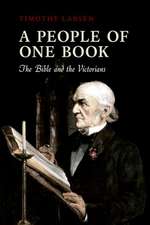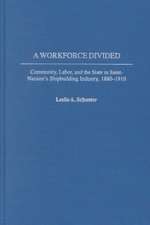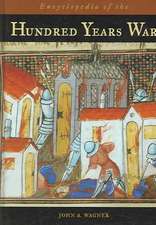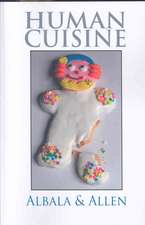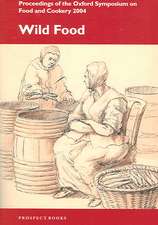Cooking in Europe, 1250-1650
Autor Ken Albalaen Limba Engleză Hardback – 29 iun 2006 – vârsta până la 17 ani
Preț: 220.30 lei
Preț vechi: 376.23 lei
-41% Nou
Puncte Express: 330
Preț estimativ în valută:
42.16€ • 43.77$ • 35.15£
42.16€ • 43.77$ • 35.15£
Carte tipărită la comandă
Livrare economică 24 martie-07 aprilie
Preluare comenzi: 021 569.72.76
Specificații
ISBN-13: 9780313330964
ISBN-10: 0313330964
Pagini: 200
Dimensiuni: 178 x 254 x 18 mm
Greutate: 0.61 kg
Editura: Bloomsbury Publishing
Colecția Greenwood
Locul publicării:New York, United States
ISBN-10: 0313330964
Pagini: 200
Dimensiuni: 178 x 254 x 18 mm
Greutate: 0.61 kg
Editura: Bloomsbury Publishing
Colecția Greenwood
Locul publicării:New York, United States
Notă biografică
KEN ALBALA is Professor of History at the University of the Pacific, Stockton, California. He is a prolific author who specializes in Early Modern European food history, authoring such titles as Eating Right in the Renaissance (2002) and Food in Early Modern Europe (Greenwood, 2003) and serving as series editor for Greenwood's series Food Culture around the World and Cooking Up History.
Cuprins
Novelty Dishes (Subtleties)14. For powme dorrys (Golden Apples of Pork)-Liber Cure Cocorum (Northern England)17. A Dish of Roasted Cat-Rupert of Nola (Spain/Naples)94. Jasper of Milk-Livre fort excellent de cuisine (France)108. Counterfeit Snow-Livre fort excellent de cuisine (France)168. A most delicate and stiffe sugar-paste, whereof to cast Rabets, Pigeons, or any other little bird or beast, either from the life, or carv'd molds-Plat (England)Holidays and Fast Days30. Little Leaves-Liber de Coquina (Italy?)59. Fygey-Forme of Cury (England)89. To make Ravioli for Meat and Lean Days, for 10 plates-Messisbugo (Ferrara, Italy)104. To Make a Compote of Melon Peels or Peels of Gourd, or Turnips, or whole unripe peaches in a conserve for Lent-Messisbugo (Florence, Italy)133. To Seeth Stock fish-The Good Huswifes Handmaide for the Kitchen (England)138. To cook Stuffed Eggplants in days of Lent-Scappi (Rome, Italy)Illness7. For to make potage of oysters-Liber Cure Cocorum (Northern England38. Gruyau (Barley Gruel)-Viandier (France)129. To make blancmange-Lancelot de Casteau (Liege, Belgium)169. To Cook water with anise, sugar and cinnamon-Scappi (Rome, Italy)
Recenzii
There is a 28 page introduction for students, but the collection of recipes is superlative. From 'roasted cat in the Middle Ages' (though Albala suggests, not a favourite dish) to red carrot sauce in the Late Renaissance (he says it was perhaps the word 'orange' that was not yet invented, not that carrots were really red), this is a book of wonderful detail.
For cooks with a curiousity about history and for student historians with an interest in cooking, this volume offers a broad sampling of authentic recipes that were used in Europe during the period 1250-1650. Presented in the same form in which they first appeared, the recipes are accompanied by explanations of unfamiliar terms and basic guidelines for preparation.
For cooks with a curiousity about history and for student historians with an interest in cooking, this volume offers a broad sampling of authentic recipes that were used in Europe during the period 1250-1650. Presented in the same form in which they first appeared, the recipes are accompanied by explanations of unfamiliar terms and basic guidelines for preparation.


